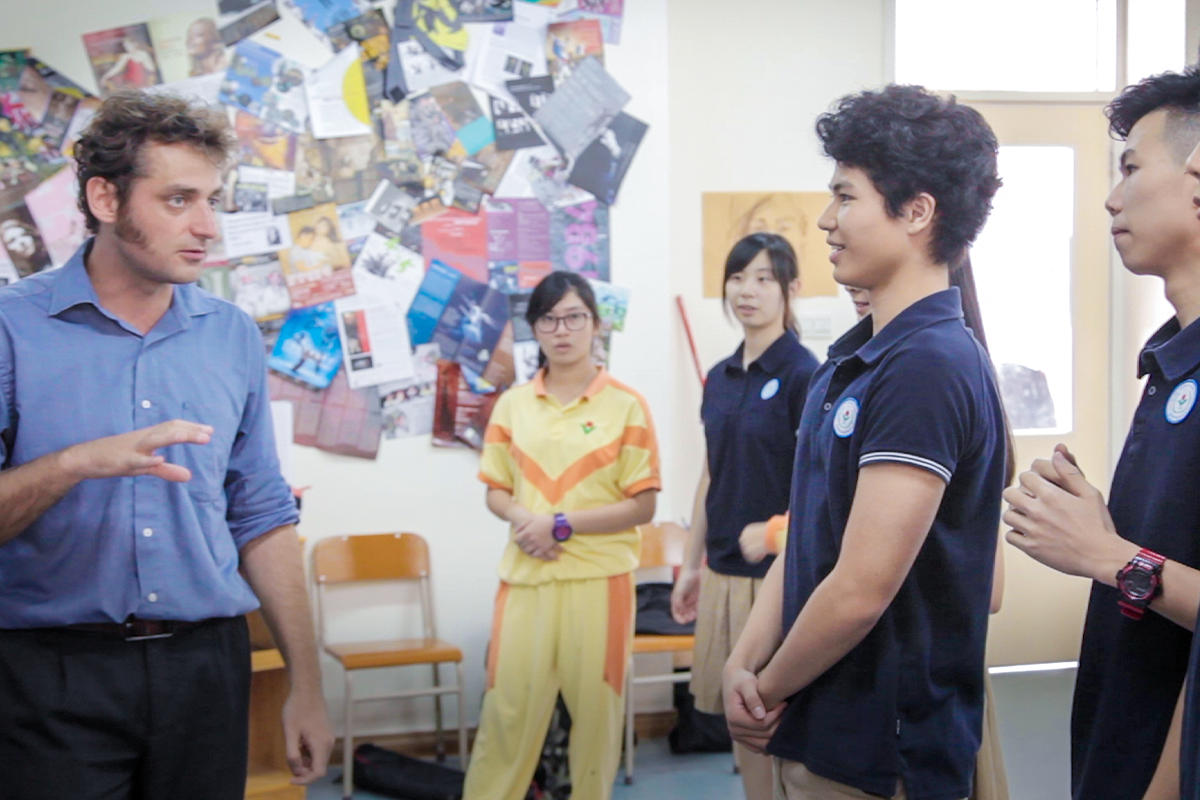To learn more about the curriculum development in the Middle Years Programme (MYP), we sat down with Tarik Azzam, Megan Mansfield and Devin Larson, the researchers behind the multi-year study to understand the critical outcomes.

In 2014, the International Baccalaureate (IB) began a curriculum change intended to enhance the Middle Years Programme (MYP), making it, “better for students, easier for teachers, and more flexible for schools”. The IB commissioned the Claremont Evaluation Center (CEC) to conduct a multi-year study examining the implementation and impact of this change.
Tarik Azzam, principal investigator from CEC, Megan Mansfield and Devin Larson provide a broader context and an overview of the evaluation that they conducted over the last few years related to the MYP and looking at issues around implementation and outcomes.
“We are really very excited to hopefully produce information that is useful for both the teachers, the administrators, the schools, and the IB as they continue developing new programmes and initiatives.”
Implementation findings
Over the course of three years (in 2017, 2018, 2019) CEC sent surveys out to over 51,000 students and just under 7,000 MYP teachers to ask about their experiences implementing the MYP within their schools and about the experience the students have with the programme.
Findings suggest that most schools appear to be implementing MYP: Next chapter in a way that meets IB expectations.
- Schools and teachers were able to pick up on MYP: Next Chapter and went to implementation quickly and then maintained a solid level of implementation. There were no implementation dips, which can happen when people regress back to what they did before.
- Over the course of the years, teachers became more confident in their ability to implement the MYP.
- Anything that involved collaboration was more difficult and less likely to be implemented. Things like having to collaborate with other teachers for vertical articulation, interdisciplinary units and going into the community. Schools that set aside a time within the normal working hours to devote to that kind of planning were more successful.
Implementation strengths
What were some of the things that were implemented particularly well, that emerged from both the surveys and from the various case studies conducted?
The approaches to learning strategy, concept-driven teaching and the global context strategy were implemented particularly well. These strategies are very easy for teachers to apply within their classroom without having to reach out to other teachers and they did not need as much support from the schools. These were the first things to be implemented.
Global contexts were really well liked by teachers. It gave them a lot of flexibility and the opportunity to do something that students are really interested in and it gets everyone into whatever they are learning.
Outcome findings
The research found positive effects of the IB learner profile on students who go through the MYP. Students did become more active in their community, more internationally minded and they were looking at learning for the foreseeable future, in their whole lifetime.
The case studies showed that schools that were implementing the MYP as a full package, that totally encompasses how their school operates, were the schools where students really embodied the learner profile characteristics.
What schools and teachers can do:
Further reading:
A study on the implementation and impact of the MYP: Next chapter:
Summary report III, 2019
Summary report II, 2018
Summary report, 2017
If you enjoyed this story, consider reading more below:



